In a decade defined by big bets and bigger questions, NASA’s Artemis campaign is the boldest wager America has placed on the Moon since Apollo. The problem is simple enough to state and astonishingly hard to solve: can we learn to live, work, and do science in deep space for months at a time, far beyond Earth’s protective magnetic cocoon? The solution is arriving step by deliberate step – first a crewed lunar flyby, then a landing, then a small outpost in orbit that acts like a trailhead for the polar highlands. I’ve stood on the Florida coast and felt the SLS rocket’s distant rumble tremble through the beach; it’s a gut-check reminder that this isn’t a thought experiment. Artemis is engineering, politics, risk, and scientific hunger braided into one.
The Hidden Clues
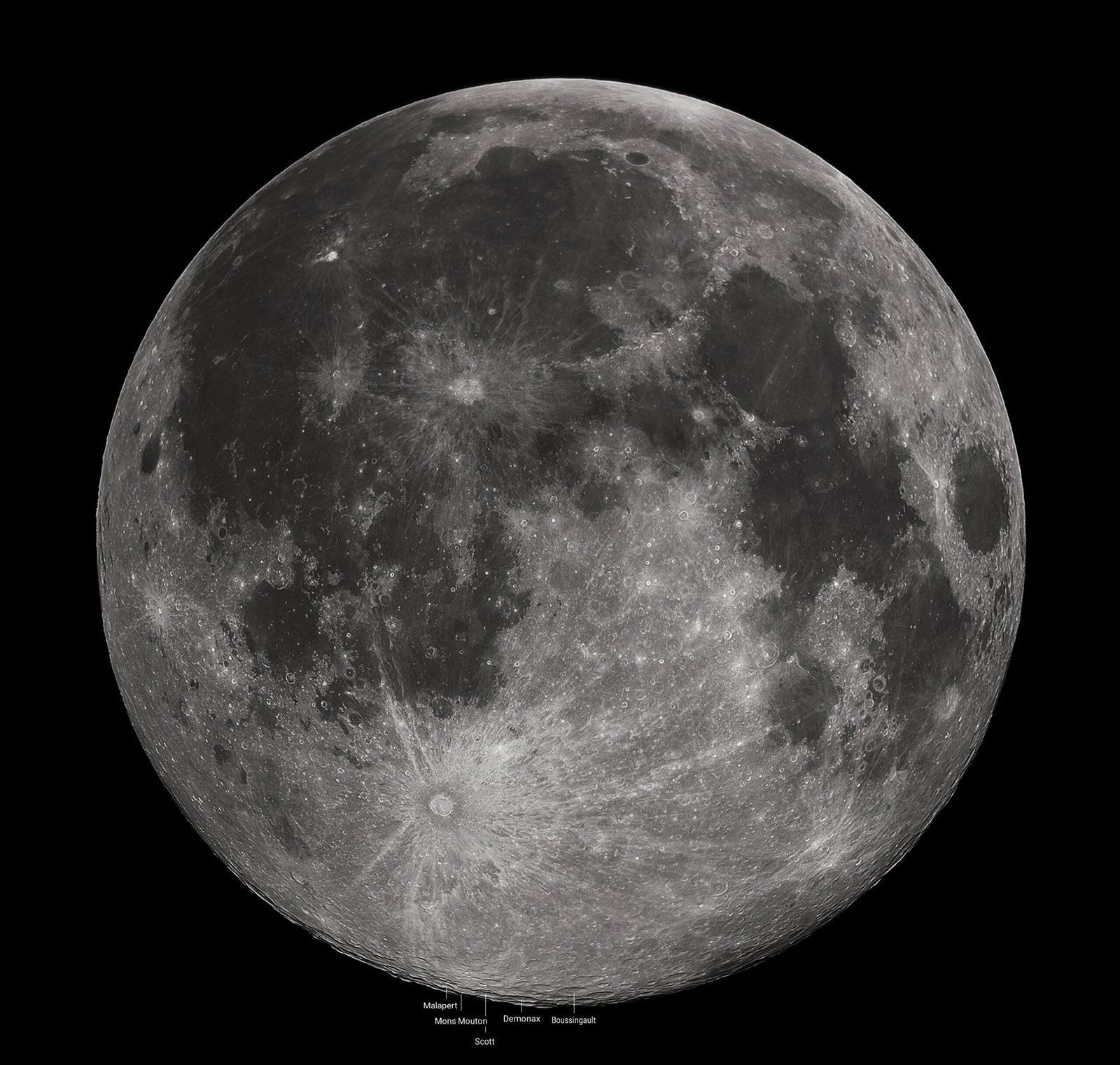
The Moon is not just a destination, it’s a record keeper – a cryogenic archive of the early solar system and a proving ground for survival beyond Earth. Artemis points straight at the south pole, where crater floors lie in permanent darkness and may hold water ice that never melted, the kind of stuff that can become drinking water, breathable oxygen, and even rocket propellant. Those deposits are also time capsules, telling us when comets and asteroids delivered volatiles to the inner solar system. Recent lunar missions sharpened the stakes: a private U.S. lander reached the surface in 2024 but settled on its side, while another commercial lander failed months earlier, a reminder that landing on the Moon is still brutally hard. Meanwhile, China’s Chang’e‑6 brought home the first samples from the lunar far side in 2024, exposing a cooler interior and deepening the puzzle of why the two hemispheres evolved so differently. Artemis science rides on these clues and aims to test them in person, with boots, drills, and returnable samples. ([apnews.com](https://apnews.com/article/14dfdc76176f9f7a6a68a099c98bbbb9?utm_source=openai))
From Apollo Lessons to Modern Engineering
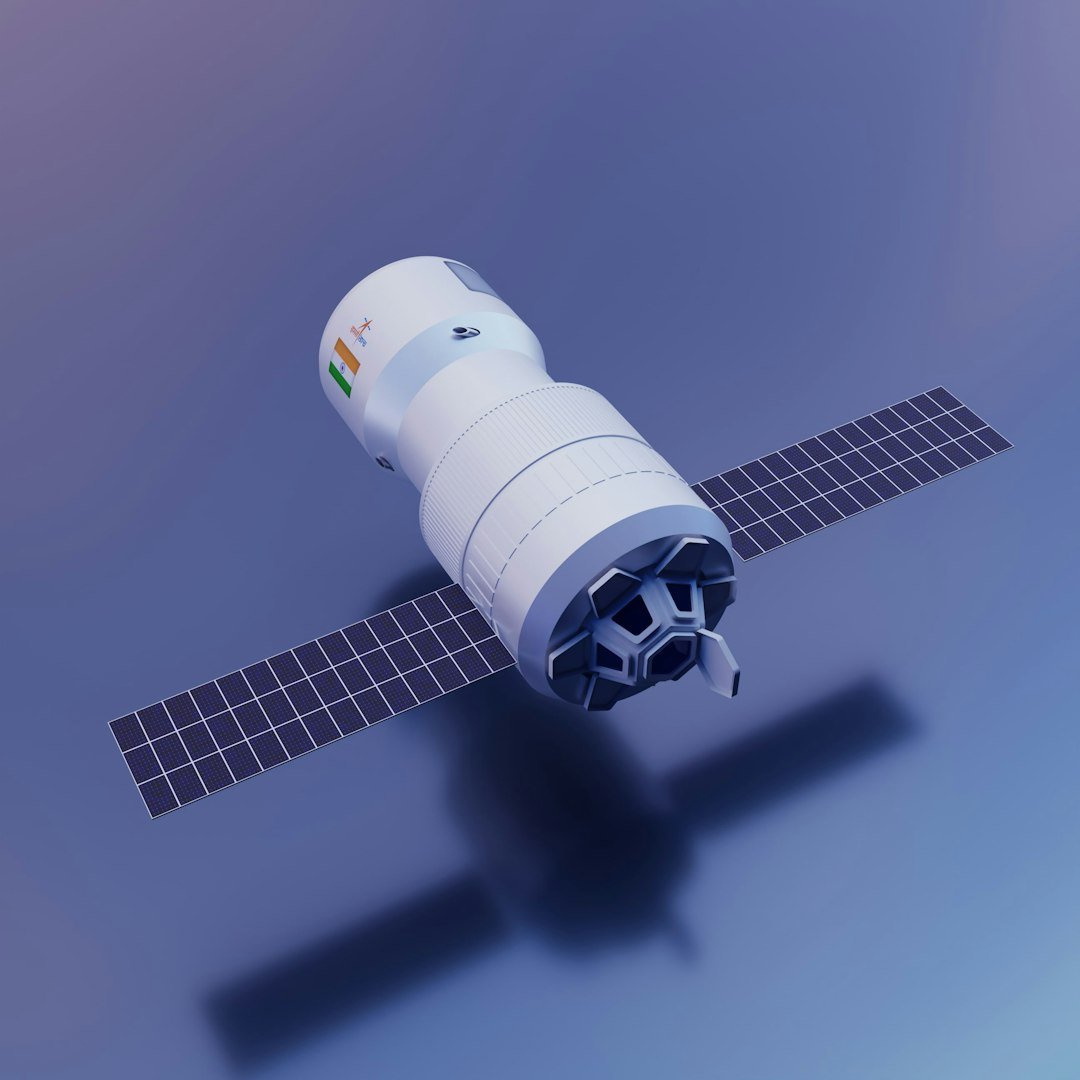
Artemis is not Apollo 2.0; it’s Apollo with seatbelts, airbags, and a mechanic riding shotgun. After the uncrewed Artemis I flight in 2022, NASA found and traced an unexpected pattern of heat-shield char loss on Orion, then refined materials and processes to keep a future crew safe on lunar reentry speeds. The Space Launch System evolved in parallel, a skyscraper of reusable shuttle heritage and new avionics stacked for deep-space missions rather than short hops in low Earth orbit. The choreography is intense: ground systems, avionics, and stages must integrate like a symphony, because one sour note can scrub a launch by weeks. This is the unglamorous part of exploration – failure analysis, design tweaks, and requalification – but it’s the foundation that keeps astronauts alive when things go sideways. That meticulous, iterative work is why the next crew will trust their capsule at thirty times the speed of sound. ([nasa.gov](https://www.nasa.gov/missions/artemis/nasa-identifies-cause-of-artemis-i-orion-heat-shield-char-loss/?utm_source=openai))
The Crewed Test: Artemis II’s Crucible
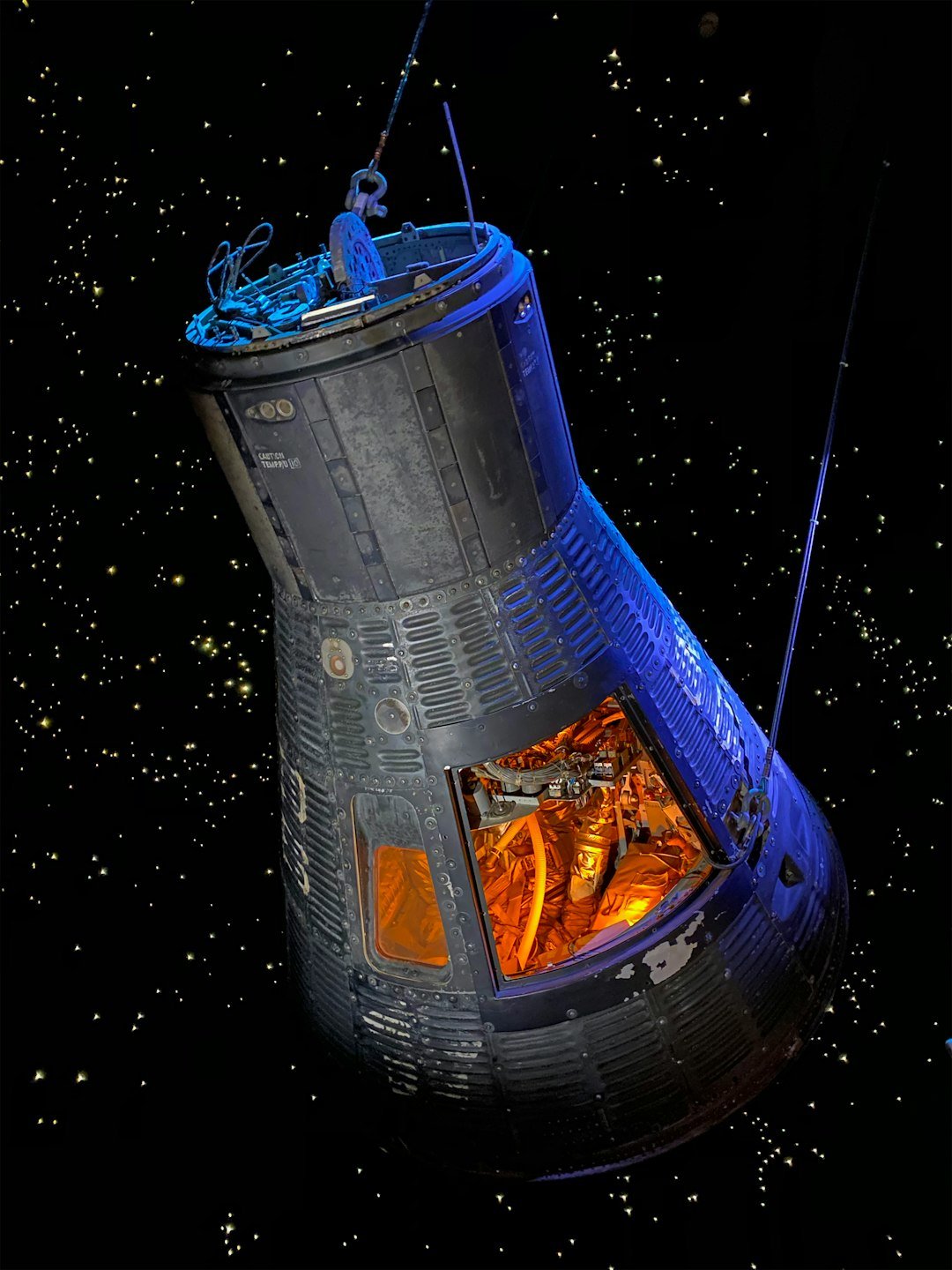
The first big moment for people comes with Artemis II, a roughly ten‑day crewed flight looping around the Moon to wring out life support, navigation, and communications in deep space. NASA’s public timeline moved from a 2025 target to 2026, and officials have since pursued an earlier launch window that opens in February while maintaining an April planning date on agency pages – bureaucratic language for “we’re pushing but not cutting corners.” The crew will stress-test Orion’s systems and practice the long-duration procedures needed for a landing mission to follow. The splashdown will be more than a homecoming; it’s the green light – or the pause button – for everything that comes next. Think of Artemis II as the dress rehearsal where small surprises are welcome and big surprises must be found before showtime. ([space.com](https://www.space.com/space-exploration/artemis/nasa-delays-artemis-2-moon-mission-to-april-2026-artemis-3-lunar-landing-to-mid-2027?utm_source=openai))
First Boots Back: Artemis III and the New Lander

Artemis III is the audacious pivot from flying by the Moon to living on it for a few days, targeting the south polar region and relying on a new kind of lunar lander derived from SpaceX’s Starship. The plan demands in‑space refueling, precision orbital choreography, and spacesuits built by Axiom Space that function in crater-cold lighting and razor-edged dust – each a nontrivial leap. NASA has already acknowledged that the landing is tracking later than once hoped, with a notional mid‑decade window that depends on Starship’s fueling demos and the suits’ readiness. The blunt truth: orbital refueling is the tallest hurdle on the field, and schedule elasticity is not a bug but a survival trait. If Artemis II is a crucible, Artemis III is a full stress test of America’s new lunar supply chain. ([space.com](https://www.space.com/space-exploration/artemis/nasa-delays-artemis-2-moon-mission-to-april-2026-artemis-3-lunar-landing-to-mid-2027?utm_source=openai))
Building the Trailhead: Gateway’s Role
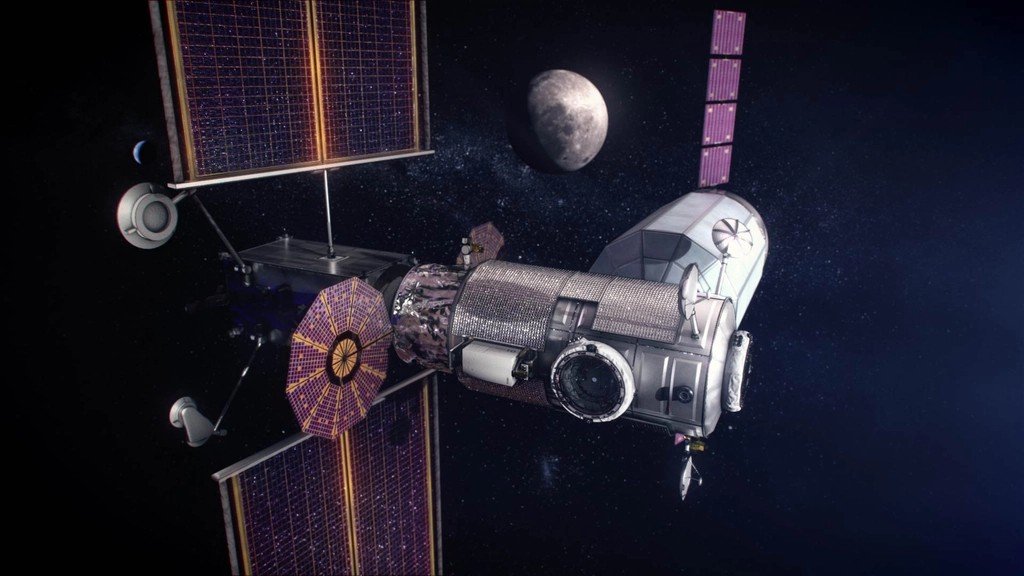
The Gateway lunar space station changes the game from sorties to an expedition cadence, acting like a mountain hut in a near‑rectilinear halo orbit that swings over both poles. Its first two modules – the Power and Propulsion Element and the HALO habitat – are slated to launch together on a Falcon Heavy before Artemis IV, then cruise for about a year to their operational orbit. Artemis IV is targeted for 2028, bringing a larger SLS Block 1B and the first crew ingress to Gateway, where a lander can dock, refuel, and stage south‑pole descents. Gateway’s science payloads will quietly log the radiation and space weather that astronauts will endure on longer missions. It’s the small, persistent infrastructure that turns one‑off triumphs into a sustained presence. ([nasa.gov](https://www.nasa.gov/missions/artemis/nasa-marks-artemis-progress-with-gateway-lunar-space-station/?utm_source=openai))
Why It Matters
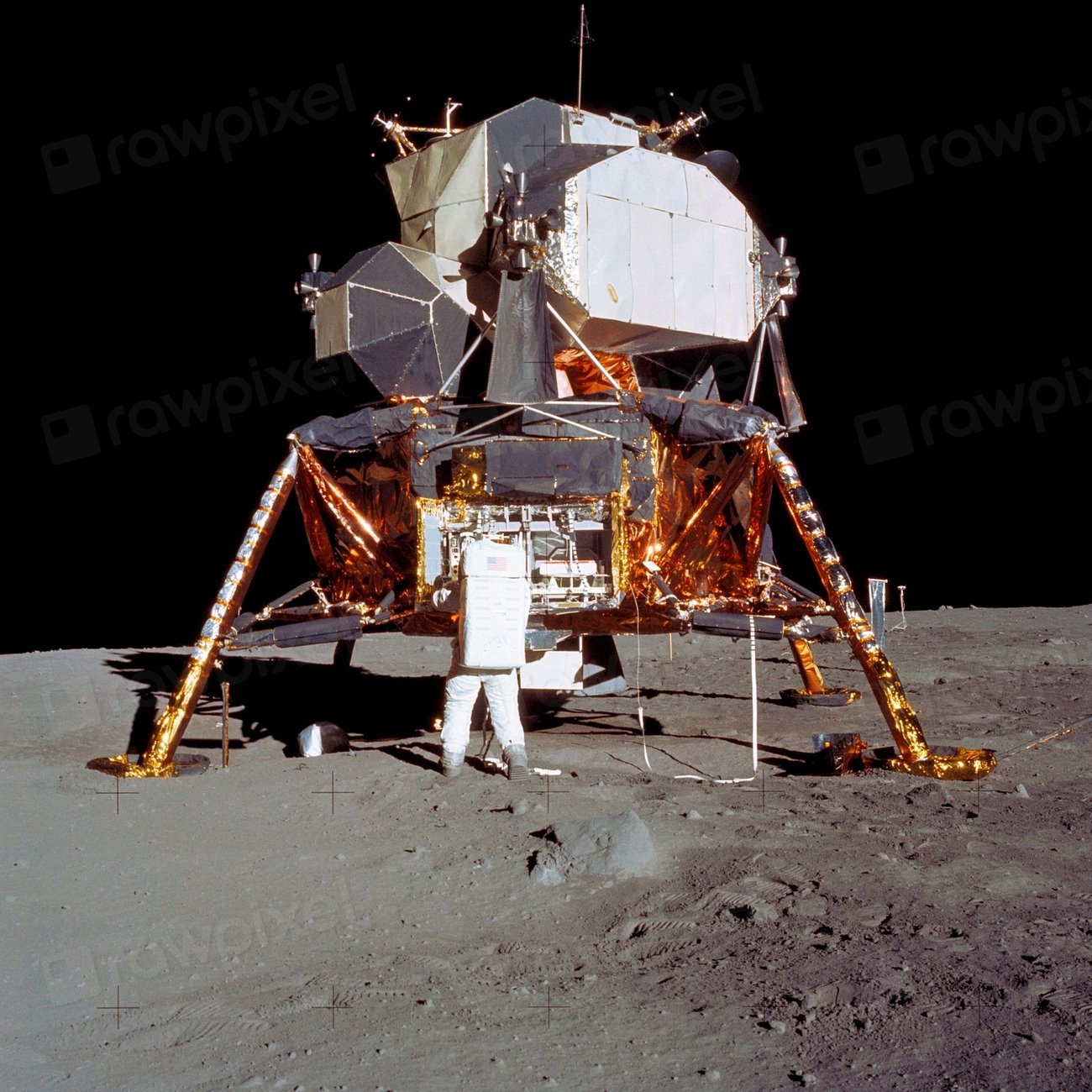
Artemis isn’t just a flag‑and‑footprints sequel; it’s a rehearsal for Mars and a laboratory for understanding how airless worlds store water, heat, and geologic history. Compared with Apollo’s sprint, Artemis is a marathon with pit stops: commercial landers to scout hazards, a reusable lander to move people, a lunar truck to extend the reach of science, and an orbital waypoint to smooth logistics. That layered approach spreads risk and broadens participation, pulling in companies that iterate fast and partners who bring modules, instruments, and communications. It also produces friction – delays, redesigns, and tough choices when budgets tighten – as seen in NASA canceling the VIPER rover and declaring the Lunar Trailblazer orbiter lost after launch. Yet even those losses feed forward by focusing resources and transferring instruments to future flights. In science as in mountaineering, the route is rarely straight; what matters is that each new camp is higher and safer than the last. ([nasa.gov](https://www.nasa.gov/news-release/nasa-ends-viper-project-continues-moon-exploration/?utm_source=openai))
Global Perspectives
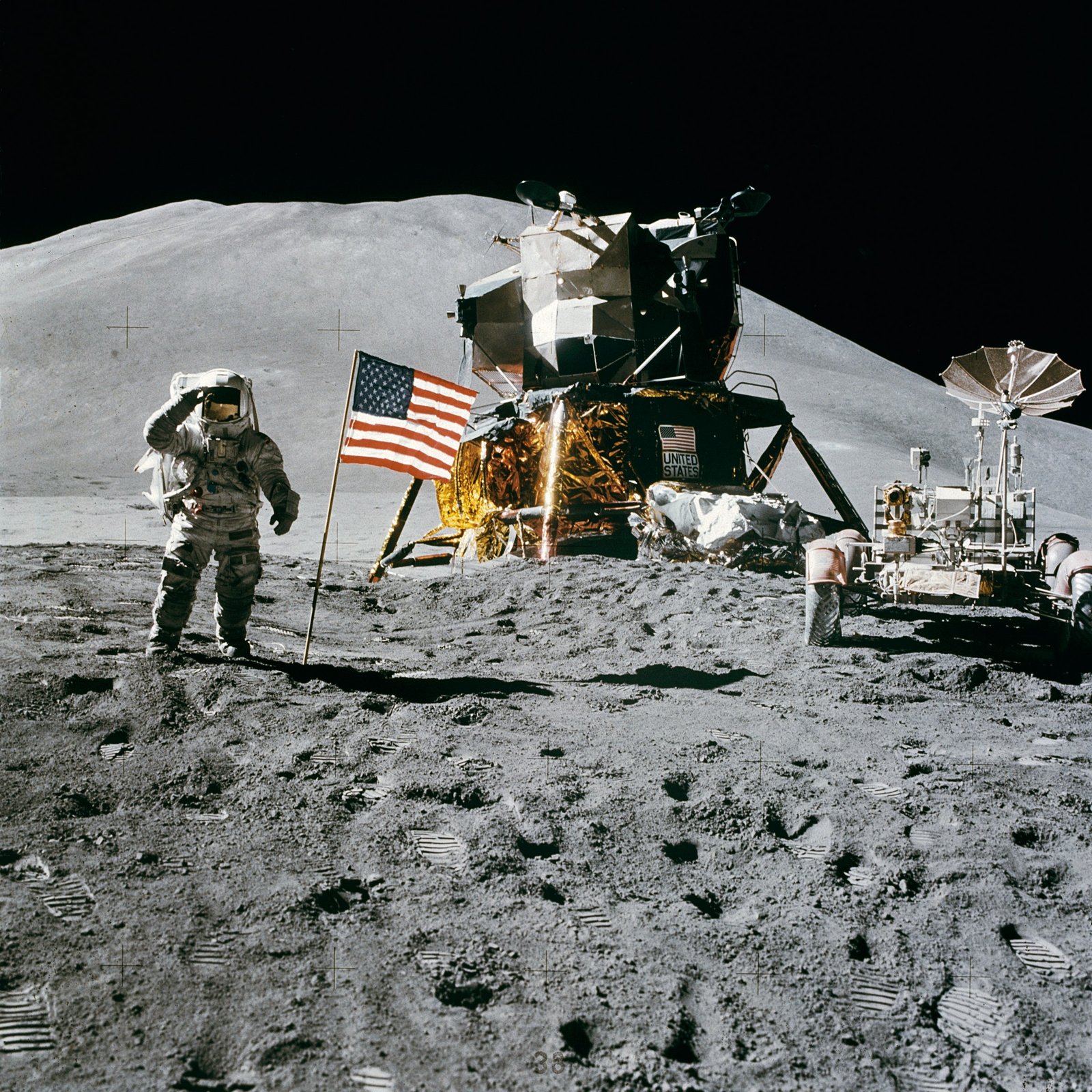
The Moon is now a crowded stage, and that’s good for knowledge if occasionally tense for politics. India’s south‑pole landing in 2023 and China’s 2024 far‑side sample return sharpened questions Artemis can answer with people on the ground: How did the lunar interior cool, where did the water come from, and what do polar minerals say about the Moon’s deep past? China aims for a crewed landing around the end of the decade, while the U.S. and partners are betting on a reusable architecture that can outpace single‑shot missions once it clicks. Competition can be healthy when it pushes safety and science in equal measure, and cooperation still threads through lunar science via shared methods and comparative samples. Either way, every new dataset turns the Moon from a symbol into a system we can measure, model, and, carefully, use. ([cnbc.com](https://www.cnbc.com/2024/06/25/chinas-change-6-probe-returns-to-earth-with-first-ever-samples-from-far-side-of-the-moon.html?utm_source=openai))
From Ancient Tools to Modern Science
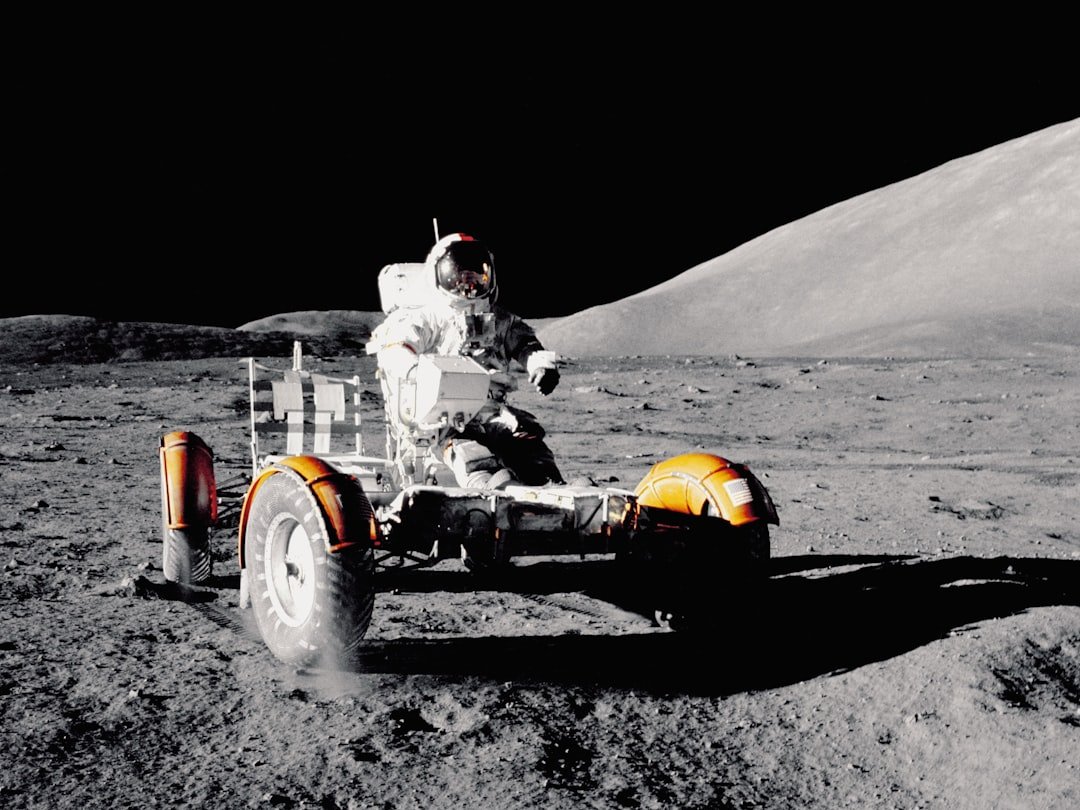
Artemis science kits are the spiritual heirs of the Apollo rock hammers, now swapped for compact drills, spectrometers, and seismometers designed for polar extremes. The goal isn’t just “find water” but “map its forms and motions,” separating frost from bound hydroxyl, and tracking how sunlight, shadows, and micrometeorites shuffle volatiles over time. Commercial missions have already stress‑tested the terrain, revealing how navigation sensors, legs, and communications behave near the pole’s wicked slopes and low sun angles. NASA’s selection of instruments for the new Lunar Terrain Vehicle hints at a mobile science strategy that can hop from crater rims to shadowed pockets in a single traverse. This is field geology with a rover as a backpack and Gateway as basecamp, built to stitch dozens of short expeditions into a coherent story of a polar world. ([nasa.gov](https://www.nasa.gov/news-release/nasa-selects-instruments-for-artemis-lunar-terrain-vehicle/?utm_source=openai))
The Future Landscape
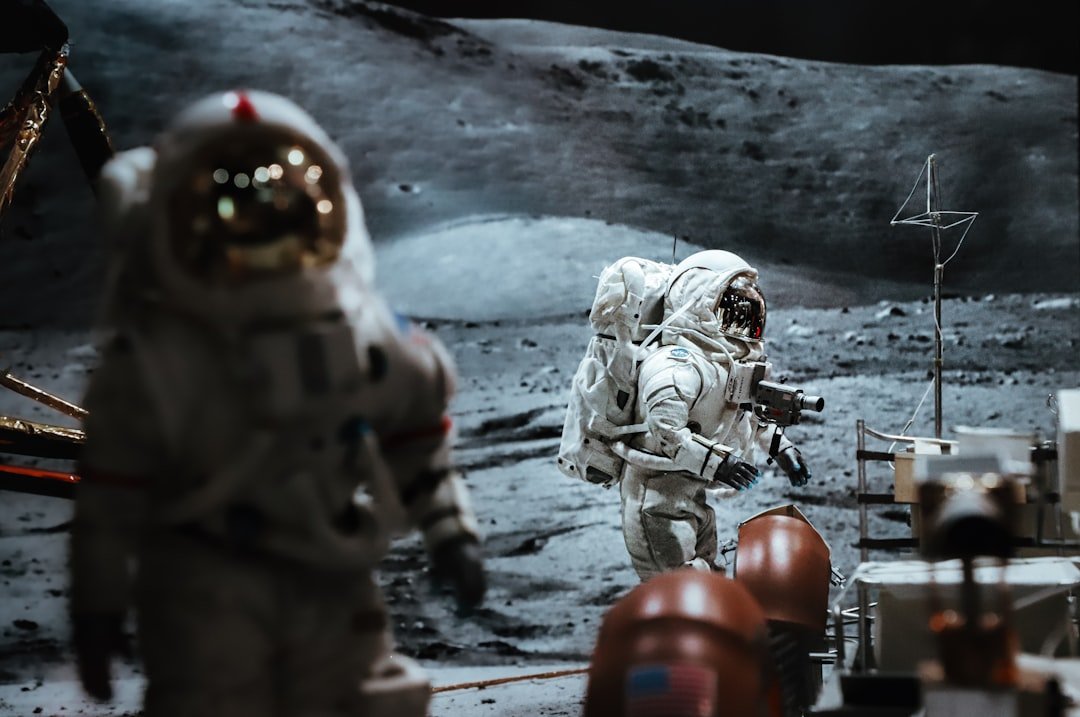
What’s next reads like a checklist for living off‑Earth: prove cryogenic propellant transfers in orbit, fly a lunar lander that can be refueled, outfit durable polar suits, and deliver a rover that can be driven by astronauts or teleoperated from orbit. The LTV contracts now pit three capable teams against the Moon’s worst terrain, with NASA planning to down‑select after a demonstration ahead of Artemis V. Gateway’s first elements are moving through fabrication and integration, with a not‑earlier‑than 2027 launch before the first crew visit in 2028. Starship test flights are steadily stretching higher and longer, though the critical refueling demo remains on the horizon and will likely dictate the Artemis III date more than any other single milestone. If these dominoes fall in sequence, the late‑2020s could be the decade the Moon stops feeling distant and starts feeling like the edge of our neighborhood. ([nasa.gov](https://www.nasa.gov/centers-and-facilities/marshall/the-marshall-star-for-april-10-2024/?utm_source=openai))
Conclusion
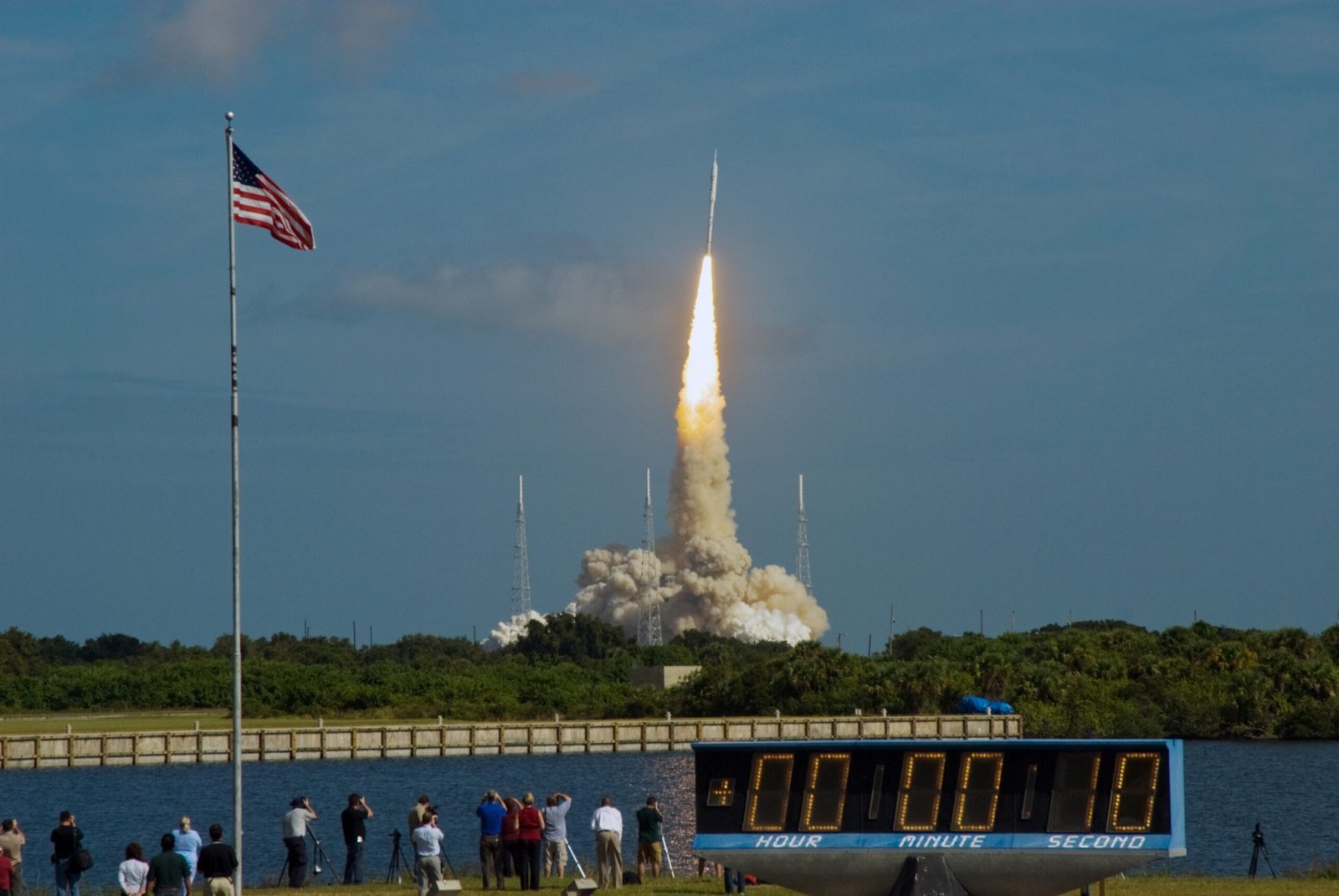
Big exploration is a team sport, and you don’t need a badge to play a part. Follow mission updates directly from NASA and reputable space outlets, and share them with a young person who thinks space is out of reach. Support local science museums, eclipse events, and public talks – these places turn curiosity into careers. If you’re able, back citizen‑science projects or university programs that train the next generation of flight controllers, geologists, and spacesuit designers. And when the launch window opens, step outside, look up, and remember that every countdown is really an invitation to keep asking bigger questions.

Suhail Ahmed is a passionate digital professional and nature enthusiast with over 8 years of experience in content strategy, SEO, web development, and digital operations. Alongside his freelance journey, Suhail actively contributes to nature and wildlife platforms like Discover Wildlife, where he channels his curiosity for the planet into engaging, educational storytelling.
With a strong background in managing digital ecosystems — from ecommerce stores and WordPress websites to social media and automation — Suhail merges technical precision with creative insight. His content reflects a rare balance: SEO-friendly yet deeply human, data-informed yet emotionally resonant.
Driven by a love for discovery and storytelling, Suhail believes in using digital platforms to amplify causes that matter — especially those protecting Earth’s biodiversity and inspiring sustainable living. Whether he’s managing online projects or crafting wildlife content, his goal remains the same: to inform, inspire, and leave a positive digital footprint.




